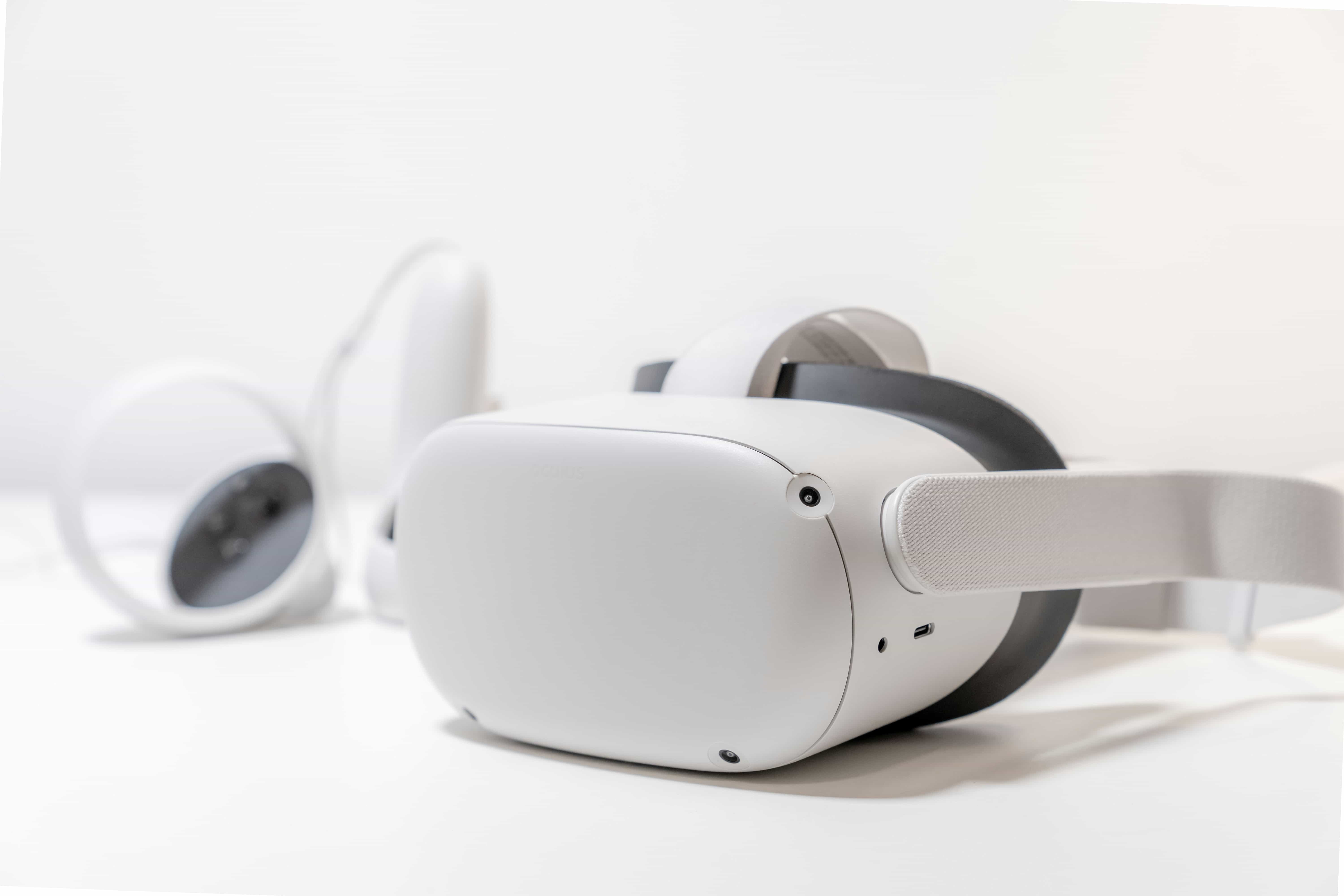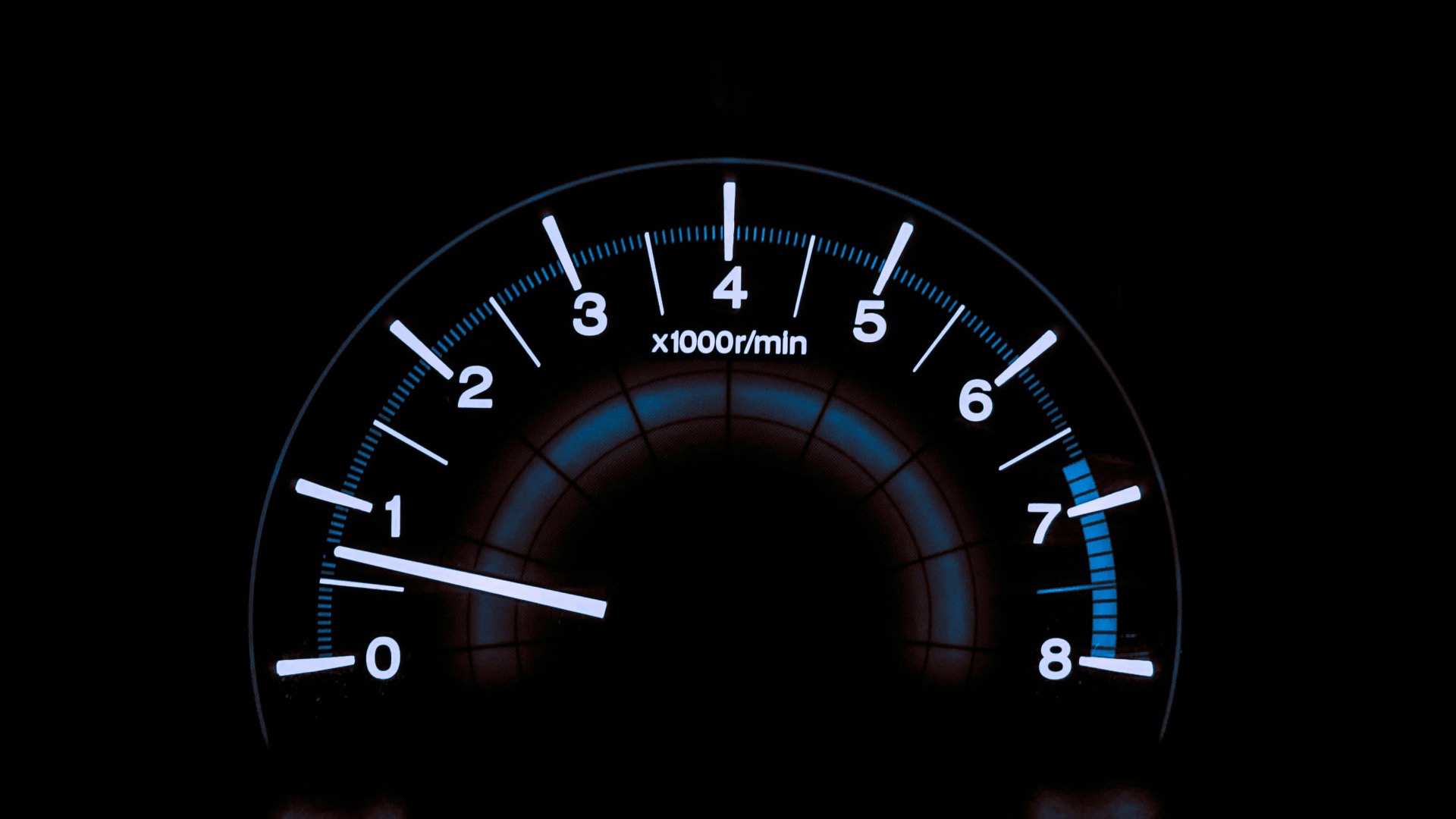Virtual reality (VR) isn’t just for gaming anymore - it’s transforming science. Researchers have now developed MouseGoggles, a state-of-the-art VR headset designed specifically for mice. This device is a game-changer for neuroscience, offering new ways to study mouse behavior and brain activity. With its compact size and innovative design, MouseGoggles brings the immersive power of VR to the world of animal research.
Why Create VR for Mice?
Studying the brain requires creativity. In neuroscience, mice are often head-fixed during experiments to allow precise measurements of brain activity. Traditionally, these experiments used large screens or arrays of LEDs to simulate virtual environments. But these setups were bulky, costly, and not truly immersive for the mice. MouseGoggles solves these problems by delivering a portable and high-performance VR experience, all while fitting comfortably on a mouse's head.
This tiny headset gives scientists full control over what the mouse sees, making it possible to create experimental scenarios that mimic the real world - or completely defy it. For example, researchers can make a mouse “teleport” or experience unusual visual movements, opening the door to exciting new experiments.
How Does MouseGoggles Work?
The MouseGoggles headset uses small, circular screens paired with special lenses that are designed for mouse vision. These lenses ensure that the visuals are clear and immersive, even when the mouse moves its eyes. The headset covers a wide field of view, mimicking the natural way mice see the world. Each eye has its own display, allowing researchers to present different images to each eye if needed.
A standout feature of the device is its binocular vision. The dual-display system ensures that mice experience depth and a wide visual range, similar to their natural field of view. Another innovation is the integration of infrared cameras, which allow researchers to track where the mouse is looking and how its pupils react to different stimuli. The immersive design of the headset eliminates external light and distractions, ensuring that the virtual environment feels as real as possible for the mice.
To create these virtual scenes, the researchers used Godot, a powerful yet lightweight game engine. It allows the design of detailed 3D environments that run smoothly, even on a compact computer like the Raspberry Pi.
What Can Scientists Study with MouseGoggles?
MouseGoggles opens up exciting possibilities for neuroscience research. One of its key applications is studying learning and memory. Researchers trained mice to lick a specific spot for a reward in the virtual environment. The mice quickly adapted, demonstrating behaviors similar to those they would display in real-world settings.
Another fascinating application is exploring fear responses. In one experiment, scientists simulated a looming object, which a mouse would perceive as a predator. The mice reacted with natural startle responses, proving that the VR experience felt real to them.
The headset also provides a way to record brain activity during experiments. By analyzing neural signals, scientists observed how different areas of the brain, such as the hippocampus, reacted to the virtual environments. For instance, the hippocampus displayed activity patterns that matched the layout and dynamics of the virtual world, offering new insights into how the brain processes spatial and navigational information.
Why Is This Important?
MouseGoggles isn’t just a cool gadget - it’s a scientific breakthrough. By providing an immersive and controlled environment, it allows researchers to study complex behaviors and brain functions with unprecedented precision. The insights gained from these experiments could help us better understand how the brain processes information, learns, and adapts.
Another significant advantage of MouseGoggles is its accessibility. The compact and affordable design ensures that labs around the world can adopt this technology. Its open-source nature also encourages other scientists to innovate and build upon the existing framework, driving further advancements in neuroscience research.
The Future of Mouse VR
While MouseGoggles has already set a high bar for innovation, there’s room for improvement. Future versions could incorporate higher-resolution displays or faster response times to better match the dynamic behaviors of mice. There’s also potential to adapt the technology for other animals with unique visual needs, such as rats or tree shrews.
For now, MouseGoggles is revolutionizing how we study the brain. By combining cutting-edge VR with tiny animals, this device is helping us unlock the secrets of neuroscience - one virtual step at a time.


